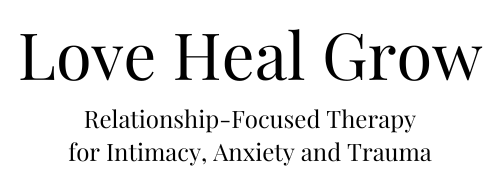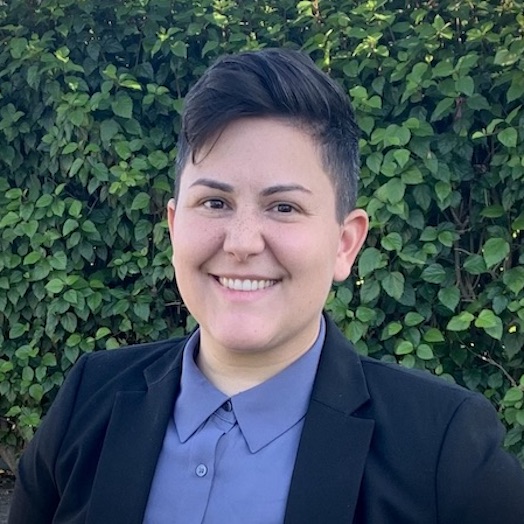
If your hands get clammy and your heart just about beats out of your chest before you step onto a plane, you are not alone. In fact, fear of flying impacts between 3-8% of people (which is a lot of people when you consider the number of people this represents). You might not like flying because you feel cramped and claustrophobic. You may hate turbulence. You may not understand the physics of how such a huge, heavy object can be airborne.
The good news is that there are techniques and coping skills to help manage flight anxiety. Here are seven ways to regulate your nervous system (calm your body and mind) so that flying can become a more enjoyable experience:
Limit Exposure to Media
Though it may be tempting (just like it can be tempting to look up weird health symptoms on Google), it will not be helpful to seek out stressful travel stories. Consuming antidotes or news about negative flight experiences can increase anxiety before boarding a plane. Negative flight experiences that you may hear about on the news are not representative of most flying experiences, as according to the US Department of Transportation (DoT), air travel is the safest form of travel and is safer than driving on highways in the US.
Reframe Anxious Thoughts
Many people who experience flight anxiety experience automatic negative thoughts before and during a flight. Some helpful reframes could sound like:
- I have to get on this flight even though I am feeling anxious → I get to take this flight to a new destination and create meaningful memories.
- I have to deal with this anxiety for another hour → In one hour, I will be on the ground and at my destination.
- I’m afraid that the plane will crash → According to extensive research, air travel is the safest form of transportation.
- It doesn’t feel like the turbulence will ever end → Turbulence is a very normal part of flying. Each bump that I feel means that there is one less bump ahead/one bump closer to landing.
Engage Your Senses
Though this may sound strange, eating sour or spicy candy can interrupt the course of a panic attack/flight anxiety by providing a gustatory distraction. The sour or spicy sensation takes our attention away from the panic symptoms, grounding us in the present moment and veering us away from the escalating panic attack symptoms.
Make a playlist of relaxing songs or captivating podcasts and pre-download them to your phone. Bring your favorite noise-canceling headphones and plug in. Bring a comfort item from home – this could be a small blanket, jewelry, or even a fidget toy. Wear comfortable clothes to make the trip more enjoyable.
Be mindful when choosing your seat – if looking out the window and viewing your surroundings helps you feel less claustrophobic and more grounded, select a window seat. If you like being close to a bathroom or want to get up more throughout the flight, perhaps choose an aisle seat to increase accessibility.
Breathe
Breathwork is another technique that can be used anytime and anywhere, referring to intentional use of the breath to reach a state of calm. This can be achieved through the four-square breathing technique, also called “box breathing”; this exercise involves inhaling for a count of four seconds, holding the breath for four seconds, releasing the breath for four seconds, holding the lungs empty for a four-count, and then repeating the process. In addition to helping manage panic symptoms, research on breathwork suggests that it is useful for stress management and reducing blood pressure. We can also pair our breathwork with a calming mantra such as “I am safe and I will get through this.” Some may even find guided meditations especially helpful when doing breathing exercises.
Have Medication on Hand
Many people report that merely having anxiety medication with them on a flight (even if they don’t end up taking the medication) is helpful in reducing flight anxiety. Medications can be prescribed by a psychiatrist.
Other Random Tips
If you can, travel with a friend or family member and try to sit next to them. Their familiar and comforting presence may be able to help your nervous system co-regulate (feel at ease).
If you feel nervous, you can get up when the seatbelt sign is turned off and talk to one of the flight attendants. Flight attendants are trained in supporting passengers and can often inform you of any expected rough air throughout the course of the flight so you’ll know what to expect.
If you are not a fan of turbulence, you can try to secure a seat towards the front of the plane or right over the wing, as these spots tend to feel more stable during flights.
Seek Therapeutic Help
Though these coping skills can be helpful in reducing flight anxiety, therapy can help with long-term anxiety that shows up in situations such as flying. Therapists can provide empathy and compassion while helping you work through the root of the issue. For help with this, more tips, and attentive support, please don’t hesitate to reach out to us at Love Heal Grow.

Hi, I’m Ashley Barnes, therapist for individuals and couples at Love Heal Grow Counseling.
I help individuals and couples who seek to improve and enhance their relationships, those who wish to heal from painful experiences and navigate big life changes, and those who aspire to improve their mental well being.
You can read more about me or schedule an appointment here: About Ashley
























